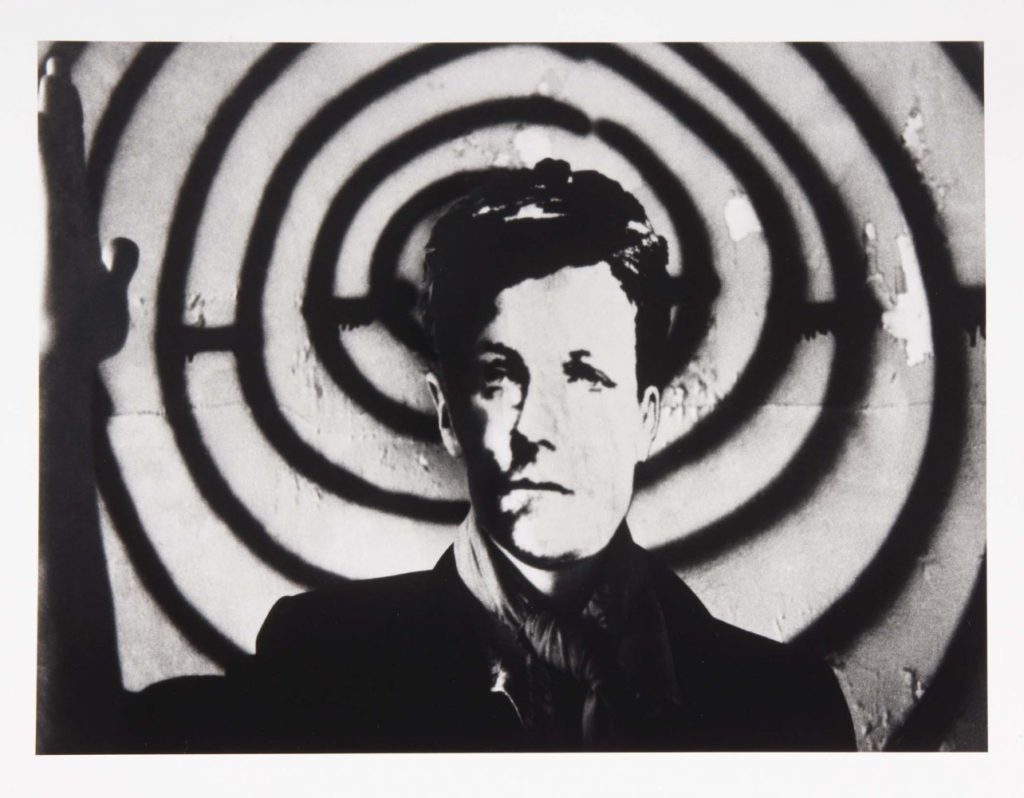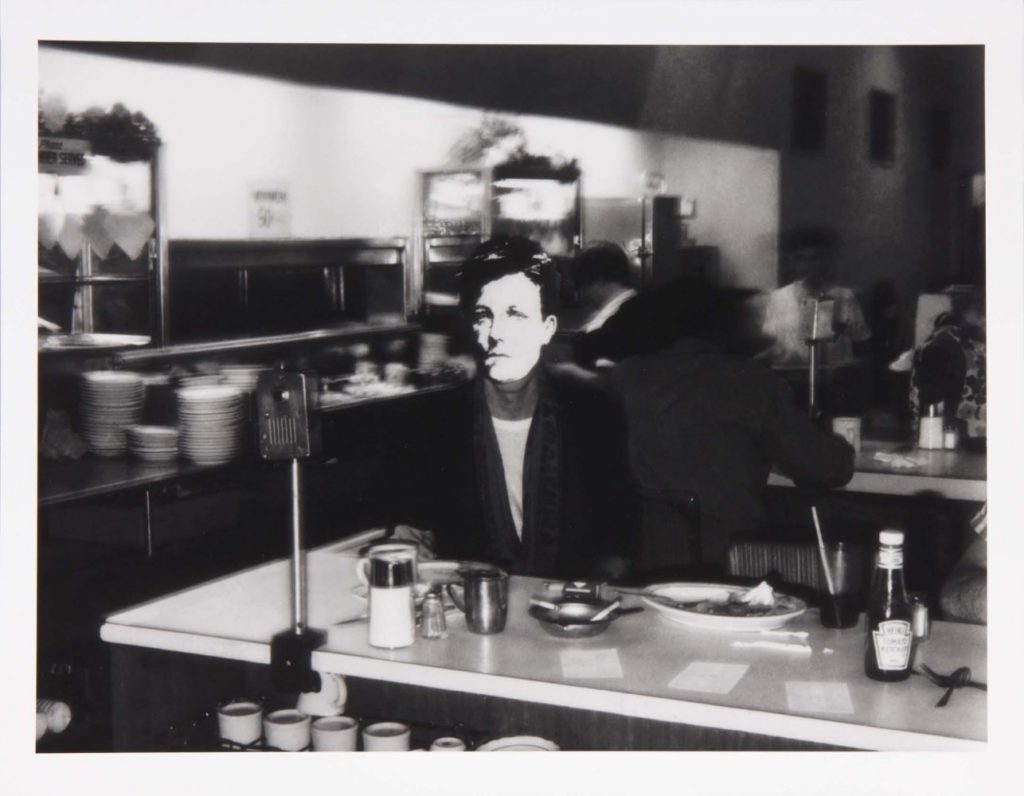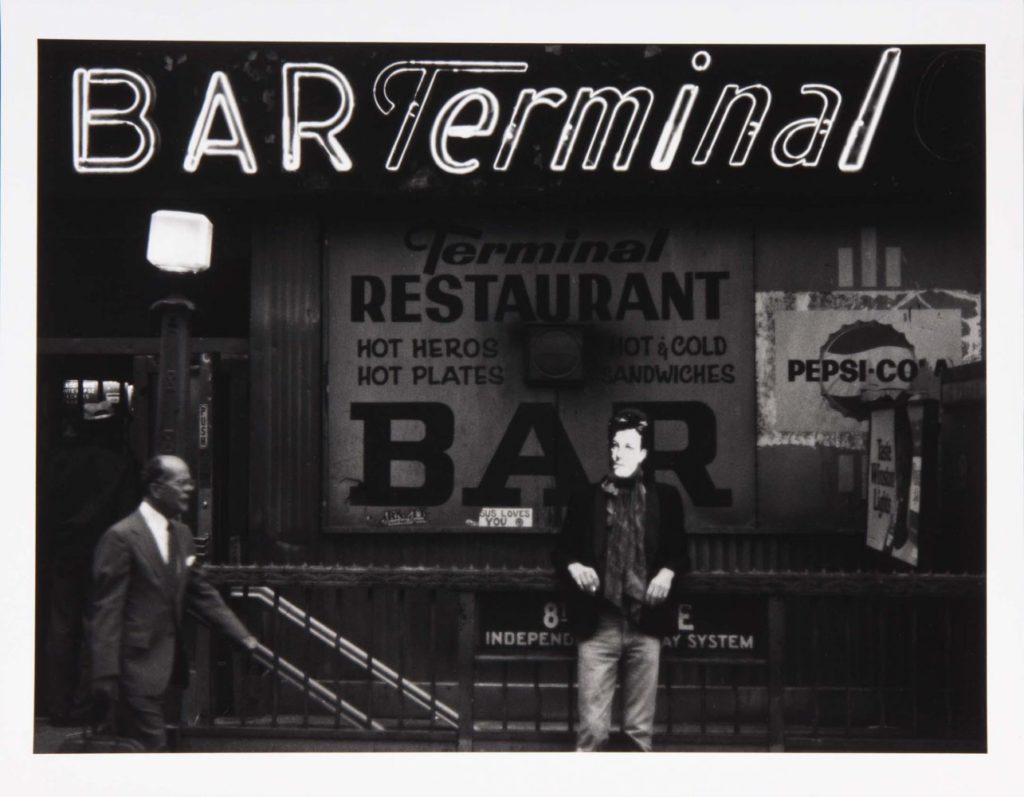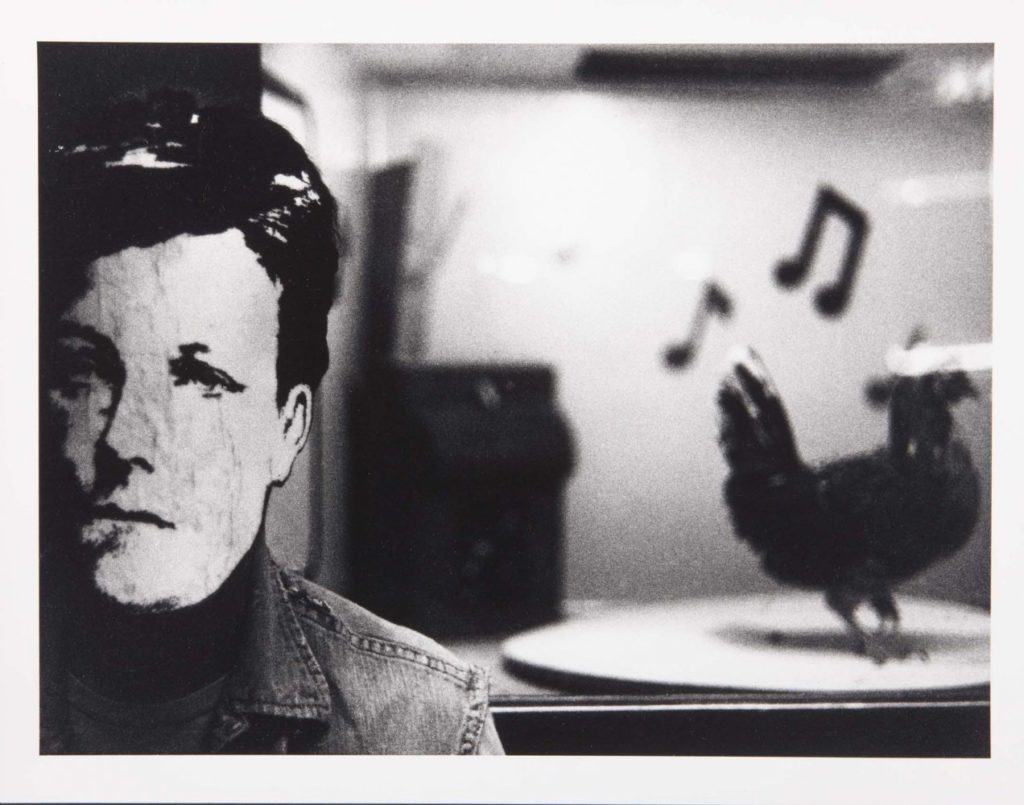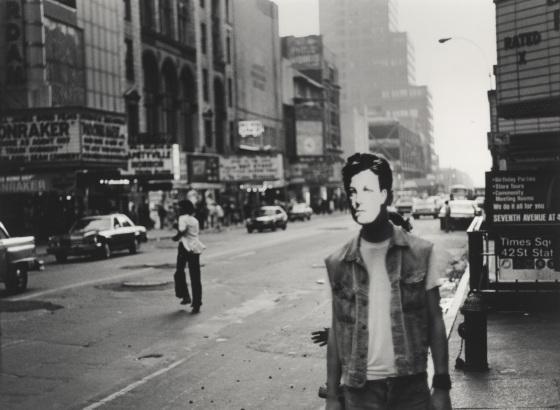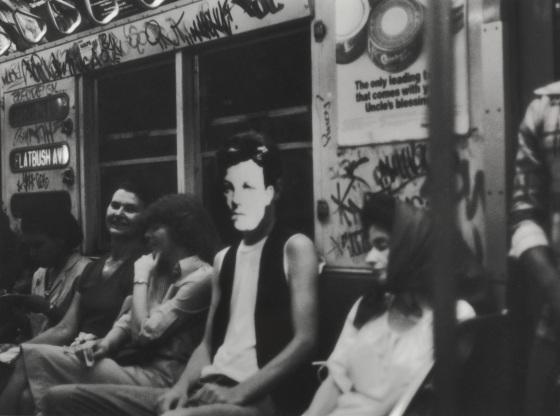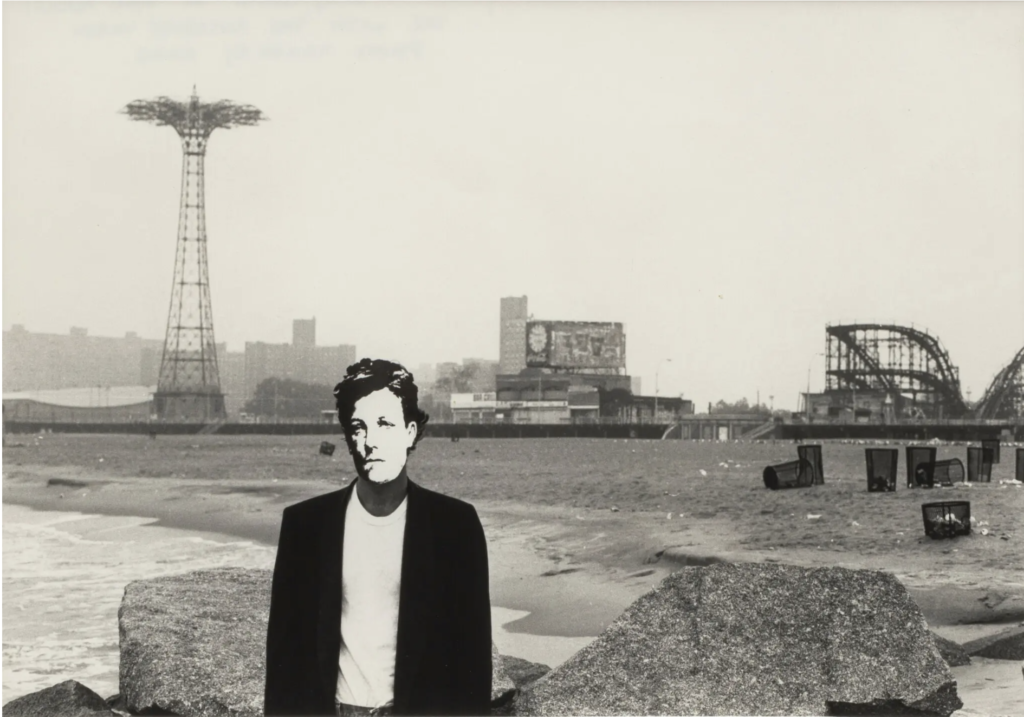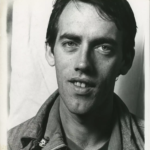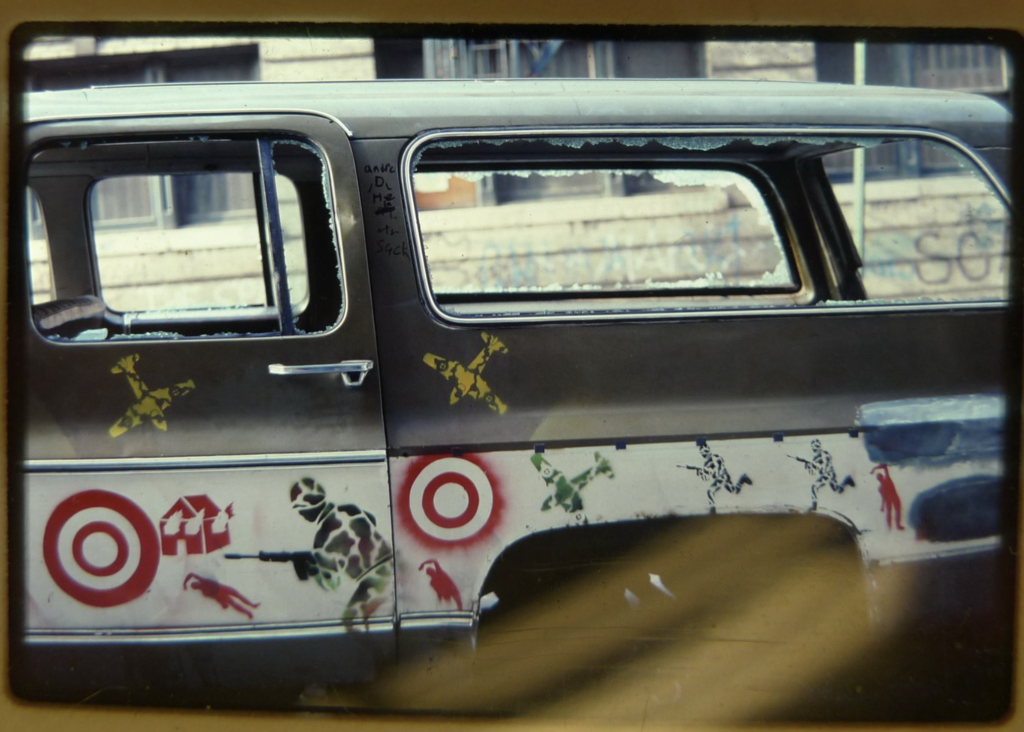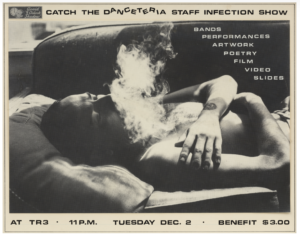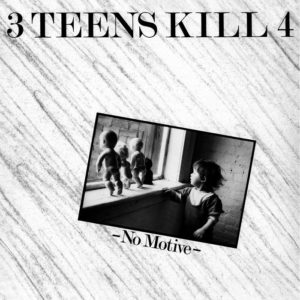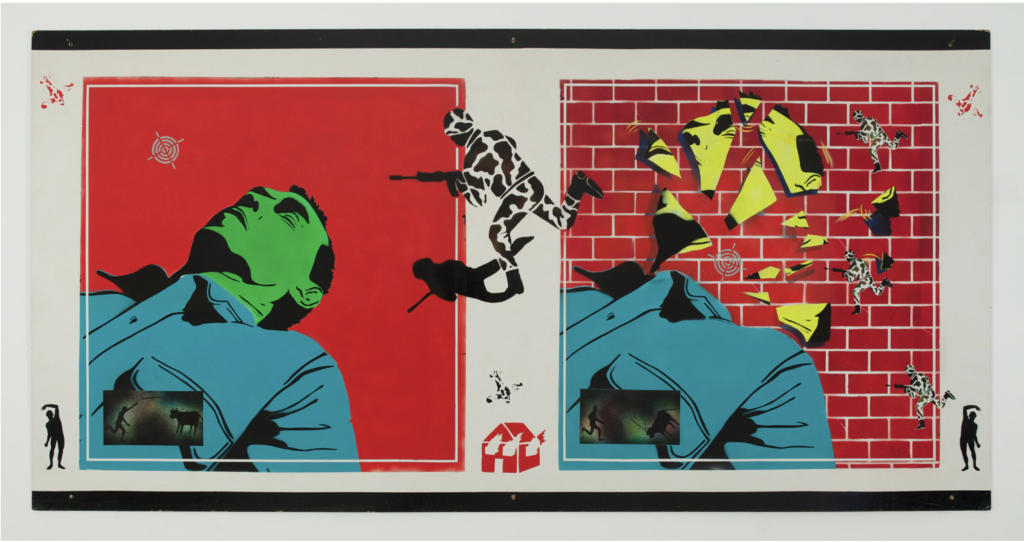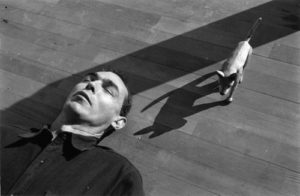David Michael Wojnarowicz (VOY-nə-ROH-vitch) was an accomplished artist, writer, and activist, born September 14, 1954.
David’s work celebrates those living on the margins of society, whom he lovingly referred to as “little brush fires in the social landscape.” The landscape David himself grew up in included an abusive childhood in suburban New Jersey, Michigan and Long Island. His teenage years were spent alternately living with his mother, hustling on the streets of New York City, or homeless. As a young adult who barely graduated from highschool, he hitchhiked and road the rails across the United States, and lived in Paris before returning to New York, in 1979.
In the late 1970s, the New York art world was “mired in inertia,” in the words of cultural critic Cynthia Carr, and “aching for an act of artistic rebellion to kick it in the teeth.” The East Village scene more than answered the call when galleries began to open in tiny storefronts there, in 1981. These “anti-spaces” jettisoned propriety, pretension, and sleek white walls. David fit right in.
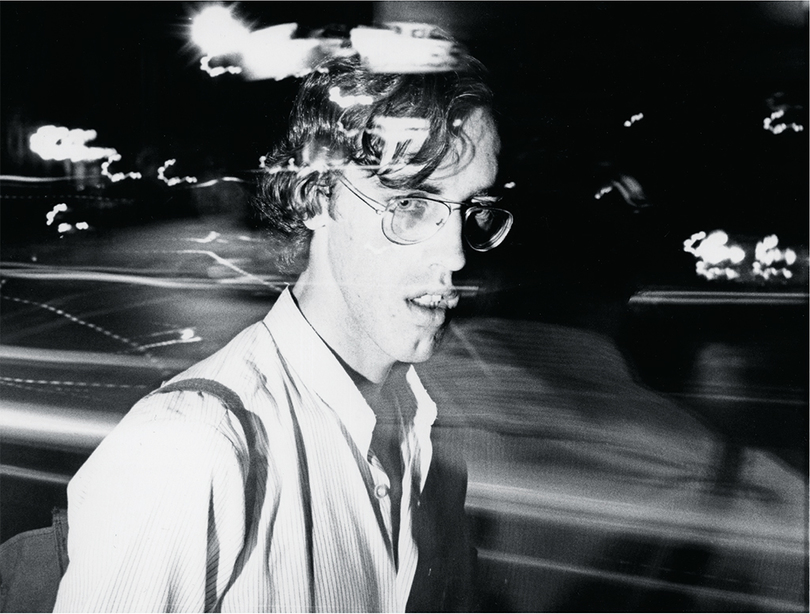
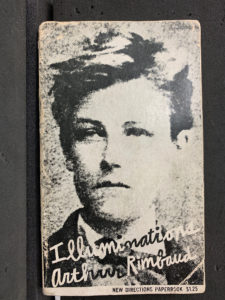
David’s copy of Illuminations by Arthur Rimbaud (New Directions paperbook in NYU Fales Downtown Collection)
David’s earliest work is the 1978–79 “Arthur Rimbaud in New York” series (first published in SoHo News and Dennis Cooper’s journal Little Caesar).
In this series, David photographed himself and friends wearing a mask portraying 19th-century French symbolist poet Arthur Rimbaud, while touring favorite haunts throughout New York City—Coney Island, Times Square, the subway, nightclubs, and theaters. The mask itself was created using the only known photograph of Rimbaud,by renowned French portrait photographer Étienne Carjat.
Art critic Lucy Lippard explains that in this first foray into photography, “[David] was playing with ideas of compression of ‘historical time and activity’ and fusing the French poet’s identity with modern New York urban activities mostly illegal in nature.” She suggests that “they also constitute a kind of objective autobiography, permitting Wojnarowicz simultaneously to be himself and to step outside himself.”


